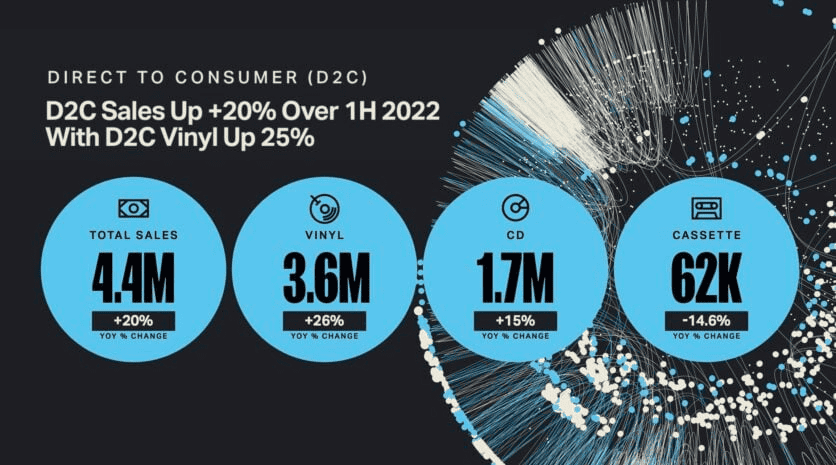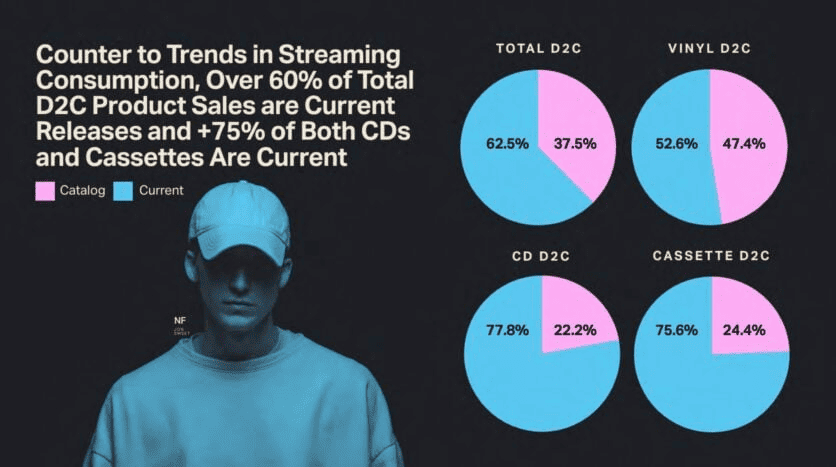The transformative power of fandom has been a topic of intense discussion in the creative industry for years. In 2008, Kevin Kelly, a former editor of Wired, proposed in his essay “1,000 True Fans” that a creator could sustain a living from their art with just 1,000 dedicated superfans. More recently, in 2020, Li Jin, co-founder of Variant Fund, suggested that a creator might only need 100 true fans to make a living.
Regardless of the exact number, it’s clear that superfans – those willing to spend more than the average fan on merchandise, music, and other content – are a highly lucrative target audience for artists and their teams. As the music industry begins to explore alternative streaming payout models, such as Universal Music Group’s proposed artist-centric model, it’s the superfans who could redefine the industry’s revenue narrative in the coming years.
Michael Nash, UMG’s EVP and Chief Digital Officer, highlighted the potential of superfans during UMG’s Q1 earnings call. He suggested that an “artist-centric model” would aim to increase revenue flow from superfans, i.e., individuals willing to pay more for subscriptions in exchange for additional content.
“Our consumer research says that among [music streaming] subscribers, about 30% are superfans of one or more of our artists,” said Nash.
Recent statistics published by US market monitor Luminate further illuminate the extent of these ‘high-value relationships’ between artists and fans. According to Luminate’s mid-year music report, 15% of the general population in the US are ‘superfans’. These superfans, defined as music listeners aged 13+ who engage with an artist and their content in multiple ways, spend 80% more on music each month compared to the average US-based music listener.
The rise in Direct-to-Consumer (D2C) sales further underscores the purchasing power of the superfan category. Luminate reports that D2C sales of music from artists’ stores were up over 20% in H1, with D2C vinyl sales up 26% YoY in H1, to 3.6 million copies.
Interestingly, Luminate found that 62.5% of total D2C product sales are of ‘current’ releases, contrary to the trend in streaming consumption. This suggests that superfans are more likely to purchase new releases directly from the artist, further emphasizing the importance of this fan category.
The financial impact of the superfan category is not lost on Goldman Sachs. In their recent “Music In The Air” report, they estimated that if 20% of paid streaming subscribers today could be categorized as ‘superfans’, and if these superfans were willing to spend double what a non-superfan spends on digital music each year, it could represent a $4.2 billion annual revenue opportunity for the record industry.
At Access Apps, we understand the power of superfans and the potential they hold for artists and creators. Our platform provides a home for your fans, offering a space for you to build your brand and engage with your audience. With our technology, you can broadcast live, sell merchandise and event tickets, and cultivate high-value relationships with your superfans. Our platform is not just a Access app; it’s your app, powered by our technology. Harness the power of your superfans and let them become your marketing team, helping you to reach new heights in the music industry.


